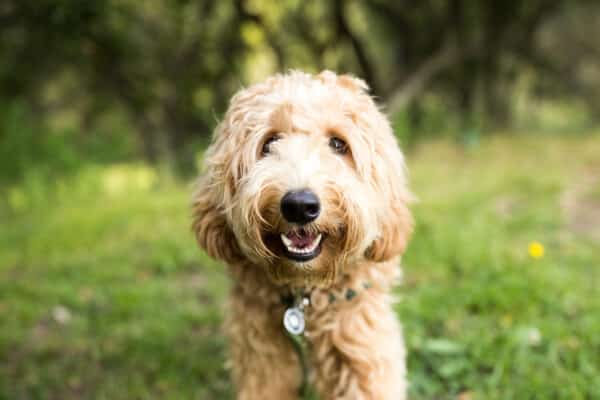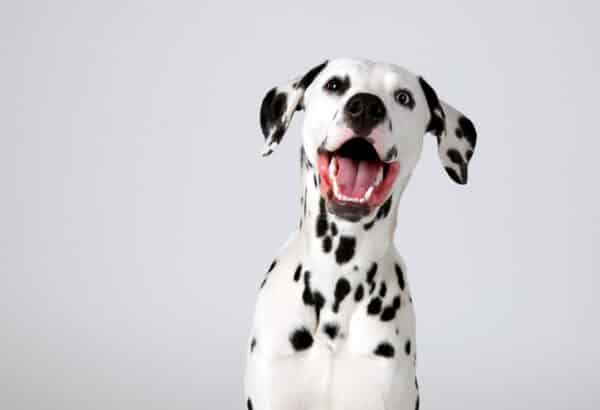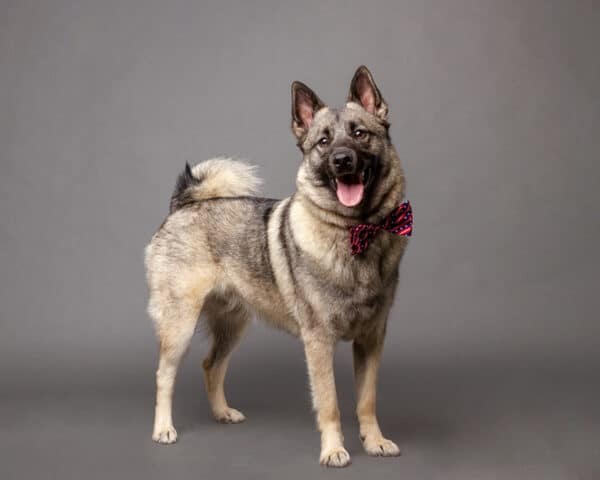Quick Facts About the Bulldog
- Weight: 40 – 50 pounds (18.14 – 22.68 kg)
- Height: 12 – 16 inches (30.48 – 40.64 cm)
The Look of a Bulldog
Bulldogs are short, sturdy and stocky. Due to their wrinkled face and stockiness, they can have a tough, intimidating look. A typical Bulldog has a fairly wide head with cheeks that draw back behind the eyes. Dense folds of skin on the forehead lead down to a short muzzle, a broad black nose, a hanging upper lip and an undershot lower jaw. They have wide-set eyes and small ears that fold back. They have short, sturdy limbs—giving them a kind of waddle when they walk—and a short, low tail. Their smooth coats come in a wide range of colors or color combinations.
Traits
- Wrinkled face
- Fierce and tough looking
- Friendly and loving
- Easy to train
- Mellow and easygoing
- Courageous and sturdy
Ideal Human Companion
- Singles
- Apartment dwellers
- Families
- Couch potatoes
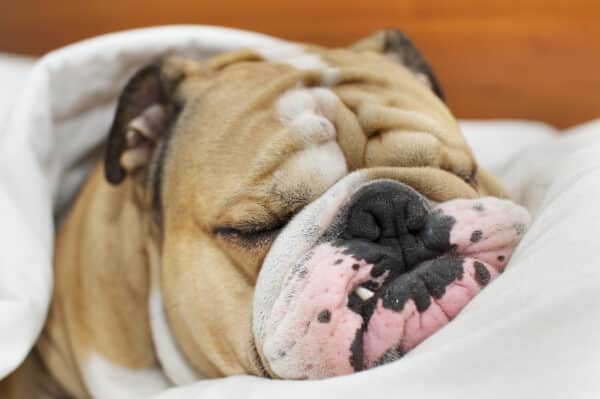
What They Are Like to Live With
Bulldogs may look tough, but inside they’re sweet and gentle. They have a friendly temperament—proving to be your ultimate pal—and a fond attachment to home and family. Sometimes this attachment grows so strong, they’ll stay inside until you insist they go out. Though their trademark nastiness has diminished over the last 150 years, they still have a persistent personality, which they put to good use when trying to get your attention. If you don’t get their subtle hints to play and cuddle, they will not give up until they get what they want.
Bulldogs are dependable, loyal and obedient. They also have a remarkable patience and tolerance, getting along famously with other pets and young children. Apartment dwellers and couch potatoes might find Bulldogs the perfect pet: They don’t need too much space, and they like nothing better than hanging out on a couch or a beanbag all afternoon.
Bulldogs are not your best choice for a guard dog: They may intimidate a stranger (or someone approaching the house suspiciously) with their looks, but when push comes to shove they will be friendly or passive.
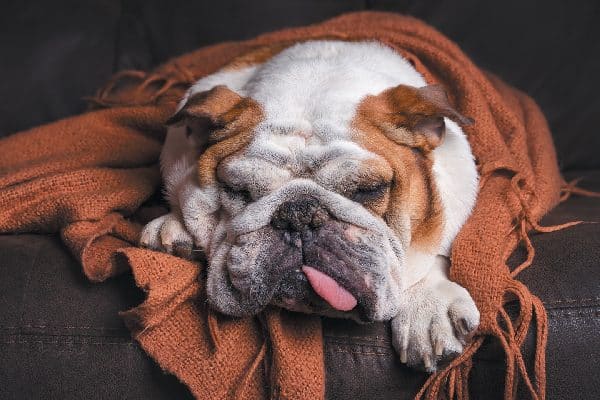
Things You Should Know
Though relaxed and peaceful, Bulldogs like to chew on things. Make sure they have plenty of tough doggie toys so that they don’t go to work on your personal things. Also, they love to pal around. Doggie play-dates with other Bulldogs are healthy diversions. If can handle having two Bulldogs of the opposite sex in the house, that’s even better (as long as everyone is spayed/neutered).
Easy to train, Bulldogs like to get along with and be part of the pack. Some may be a little dominating, needing a firm hand to stay in line. If you have a Bulldog puppy, training is almost a necessity. Don’t worry: They mellow with age.
Bulldogs, like Pugs, appreciate ambient temperatures—neither too hot nor too cold—and also like Pugs, they tend to snore and snort.
A healthy bulldog can live as long as 10 years, but they have a long list of hereditary health issues. Some Bulldogs suffer respiratory problems, hip/knee issues and eyesight problems. They’re not particularly fond of exercise, but they should have daily walks to stay in shape. Also, the folds of their face can gather moisture and debris—they require regular cleaning.
Bulldog History
Bulldogs have been bred in England for hundreds of years. Originally used in the 17th century for bull baiting—a wagering sport in which dogs fought bulls in a ring—they had smaller heads and more athletic frames (much like the Olde English Bulldogge). When bull baiting was outlawed in 1835, Bulldogs were bred to be kinder, heavier and more relaxed, eventually becoming a hit on the dog show circuit and, of course, as pets.



